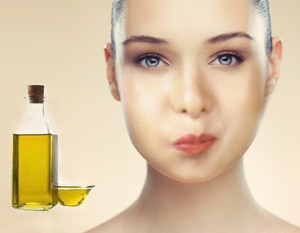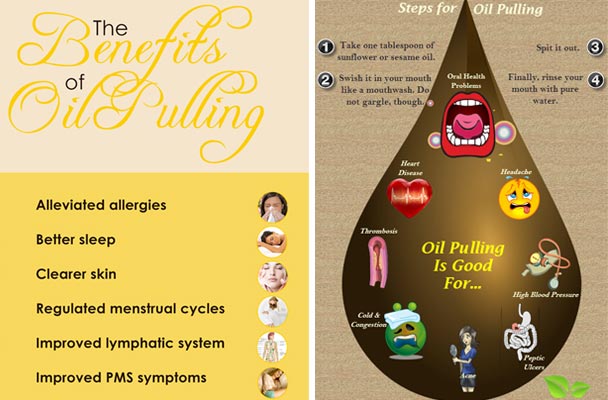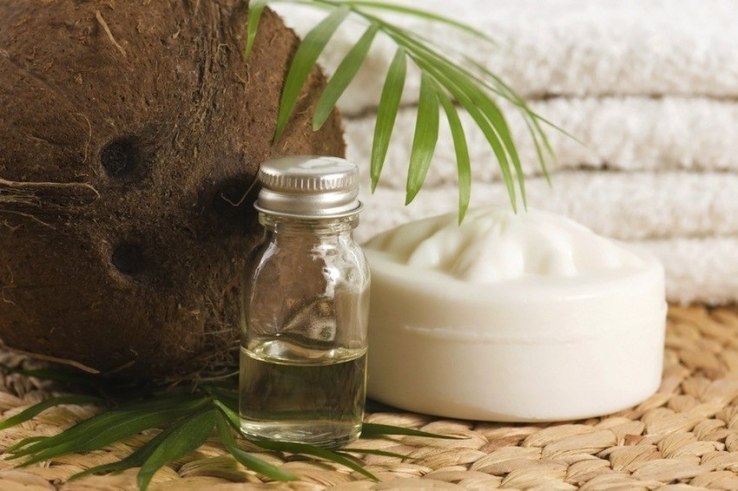
Oil pulling is the practice of swishing or holding oils from plants in the mouth for long periods of time to produce health benefits. It is an ancient folk remedy that has been researched, and while not all of the claims of oil pulling enthusiasts are true, oil pulling does have its uses.
Enthusiasts of oil pulling, also called Kavala Graha or Gandusha, claim that toxins and bacteria in the body build up in the mouth and that swishing or holding oil in the mouth for a prolonged amount of time will draw out these impurities or wash them from the mouth. Once the swishing is complete, the oil is spit out into a sink or trash basket.

“The whole purpose of oil pulling is to get rid of the oil-soluble toxins in the body,” said Puneet Nanda, creator of GuruNanda Pulling Oil and founder of Dr. Fresh Oral Care Line.
Some popular oils used in oil pulling are sunflower, coconut, sesame, olive and palm. While coconut is one of the most popular pulling oils, it becomes a solid below 75 degrees Fahrenheit (23.9 Celsius), creating a chunk that is hard to swish around in the mouth. “But when blended in correct proportion with sesame and sunflower oil for the purpose of achieving a doshic balance and a more thorough detox, the mixture will not harden,” said Nanda.
In the Ayurvedic health care tradition, doshas are bodily energies that determine a person’s prakruti, or one’s physical, physiologic and mental character and disease vulnerability. Factors such as stress, unhealthy diet, weather and strained relationships can all influence the balance that exists between a person’s doshas. These unbalanced energies in turn leave individuals more susceptible to disease, according to the University of Maryland Medical Center.
Oil pulling is also used for dental purposes. Many claim that it strengthens gums, whitens teeth and eliminates plaque. Others use it as a treatment for TMJ, an ailment of the jaw.
A more extreme use for oil pulling is the treatment of disease. Some say that oil pulling cures cancer and other diseases by pulling toxins out of the body. In fact, oil pulling is cited as a cure for 30 different diseases.

Oil pulling originated in India as part of natural healing practices described in ancient Ayurveda texts, according to the National Center for Biotechnology Information (NCBI). Ayurveda is a holistic system of medicine that was formed around 3,000 to 5,000 years ago. The oral health practices of Ayurveda include crewing on sticks and eating herbs, as well as oil pulling.
Original practitioners of oil pulling used sunflower and sesame oils as a way to prevent bleeding gums, decay, dryness of throat, oral malodor, cracked lips and for strengthening teeth, gums and the jaw.
Gandusha and Kavala Graha are traditional pulling practices that have different processes. In Gandusha, the mouth is filled with oil, which is held in the mouth for three to five minutes and then spit out. In Kavala Graha, only a comfortable amount of oil is placed in the mouth. Then, the oil is held inside of the mouth for three minutes, gargled and spit out.
by Alina Bradford
http://www.livescience.com/50896-oil-pulling-facts.html
